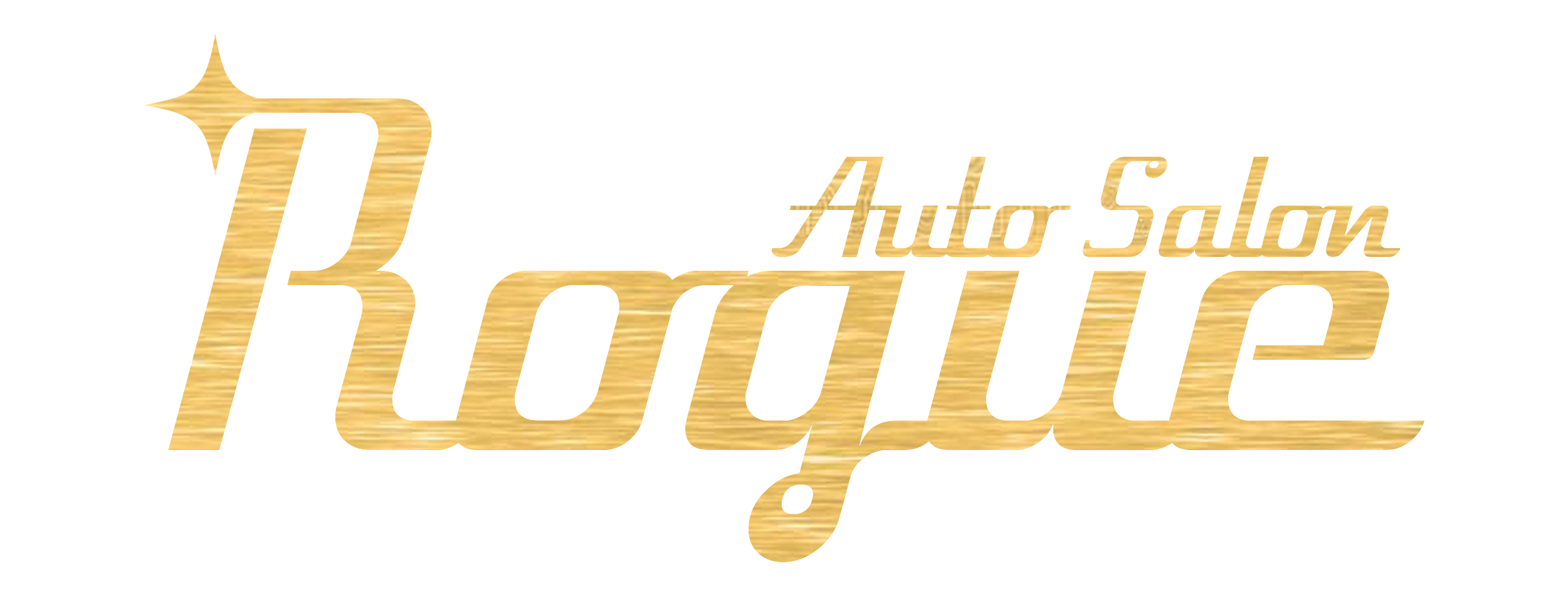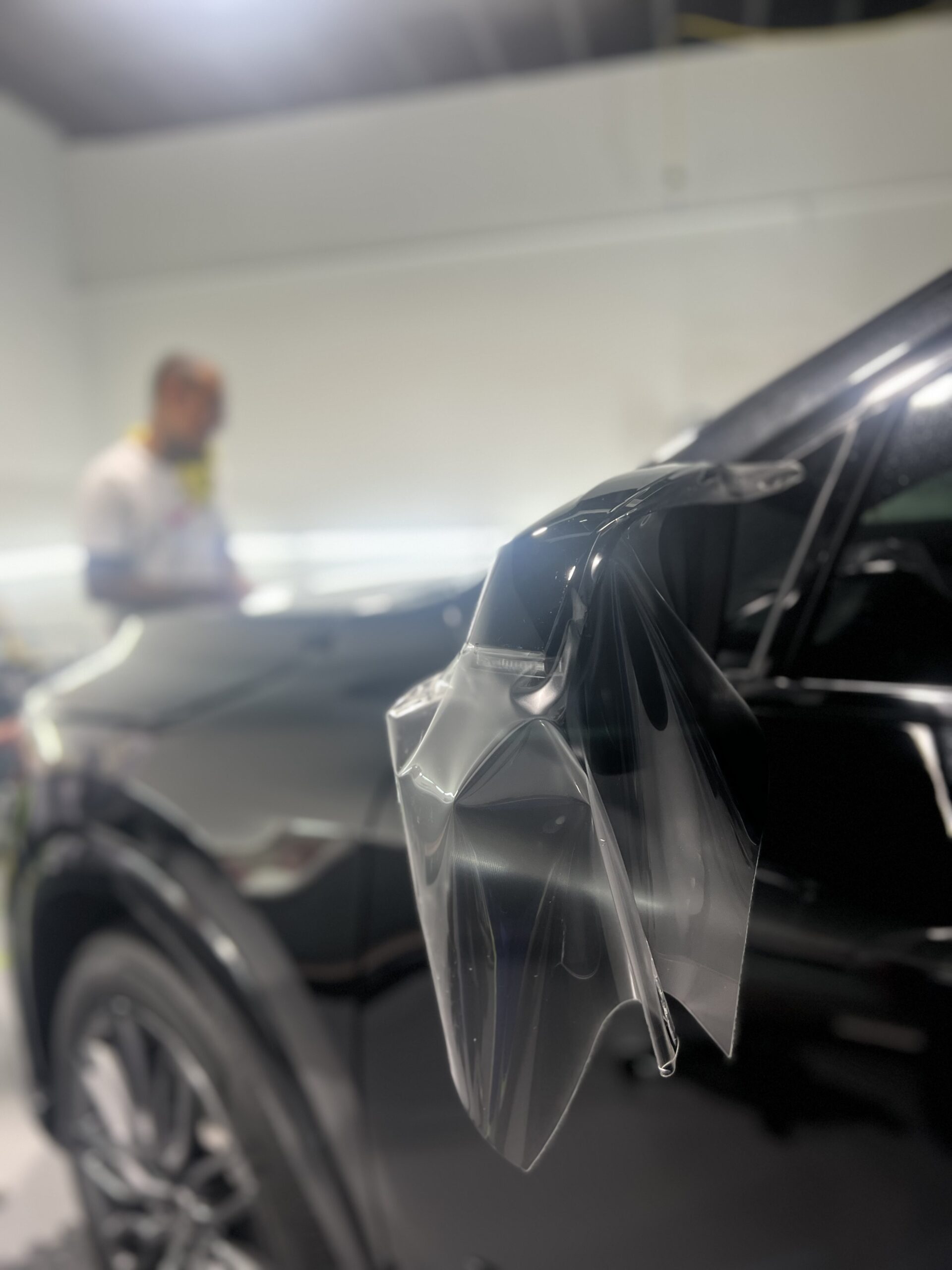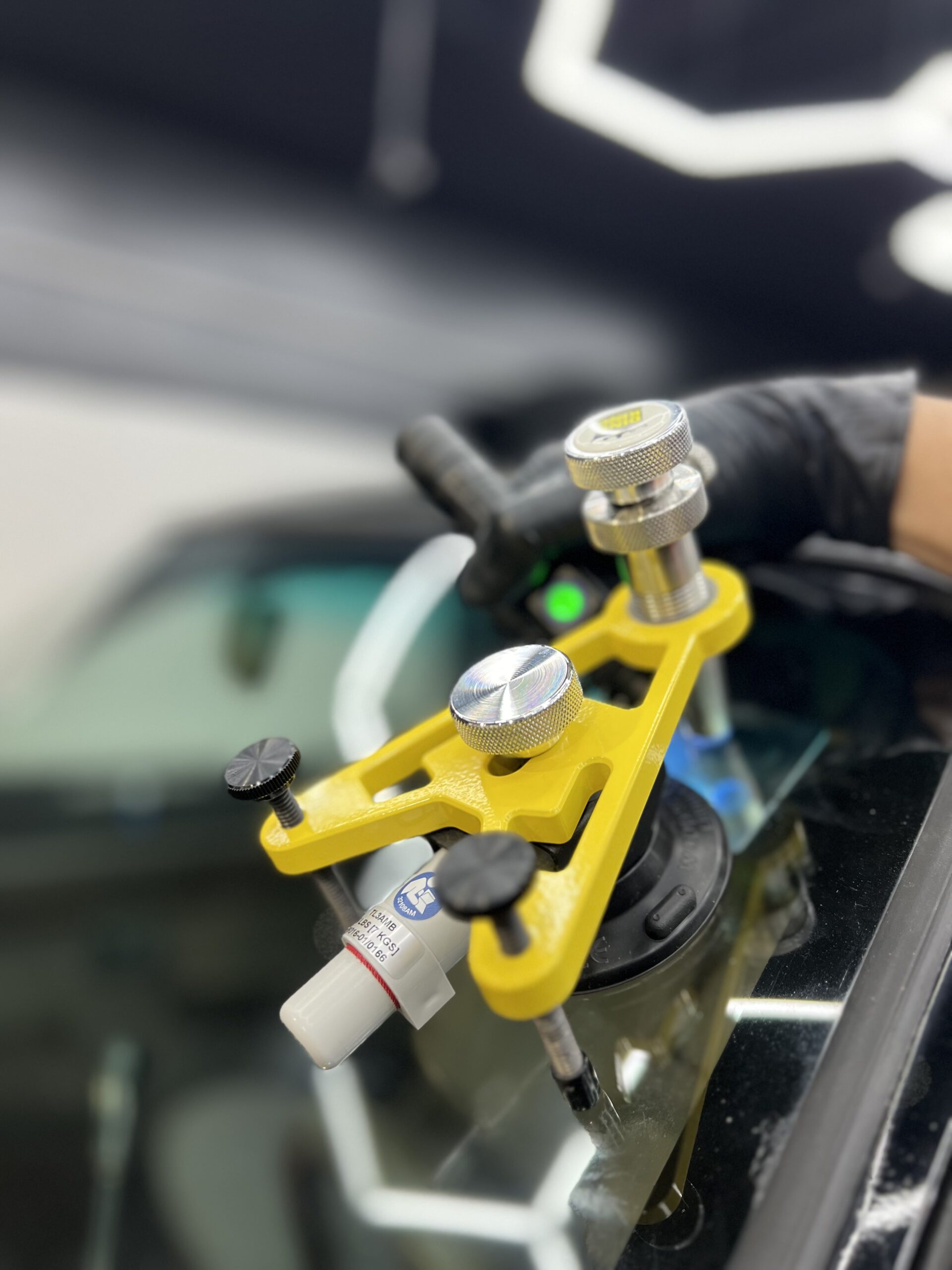Autocare
Is Paint Protection Film Worth It? Pros and Cons Explained
Evaluating Paint Protection Film: Benefits, Drawbacks, and Is It Right for You?
When it comes to maintaining the appearance of your vehicle, many car owners ask: Is paint protection film worth it? A well-maintained exterior not only enhances your car’s aesthetics but also preserves its resale value.
Over time, exposure to road debris, harsh weather, and minor scratches can take a toll on your paintwork. This is where paint protection film (PPF) comes in. Designed as a sacrificial layer, PPF shields your car’s surface from chips, scratches, and environmental damage.
But how does it compare to traditional paint correction and other protection methods? In this article, we’ll break down the pros and cons of PPF, helping you determine whether it’s a worthwhile investment for your vehicle.
What Is Paint Protection Film?

Paint Protection Film (PPF), a clear bra, is a transparent, durable urethane film applied to a vehicle’s exterior to shield it from rock chips, scratches, and environmental damage.
Originally developed for military use, PPF has evolved significantly over the past decade, offering enhanced clarity, self-healing properties, and stain resistance. Modern PPF blends seamlessly with paint, providing a nearly invisible layer of protection.
It’s also hydrophobic, making maintenance easier. While some texture may be noticeable, a professional installation ensures minimal visual impact. For those wondering if paint correction is worth it, PPF helps maintain a flawless finish for years.
Disadvantages of Paint Protection Film
1. Aesthetic Limitations
While Paint Protection Film (PPF) offers excellent protection, it isn’t as visually perfect as bare paint. Due to its thickness (typically 6-8 mil), it may have a slight texture and won’t achieve the same depth and clarity as a well-polished surface.
Additionally, the edges of the film may be visible, especially on lighter-colored cars. However, a high-quality installation minimizes these concerns for a nearly seamless look.
2. Visible Edges
One drawback of Paint Protection Film (PPF) is that its edges can sometimes be visible, especially on certain car colors like silver.
Since the film can’t always wrap around every curve or crevice, some areas may show a slight line where the film ends. A skilled installer can minimize this by aligning edges with body lines, making them less noticeable for a cleaner, more seamless finish.
3. Maintenance Considerations
While PPF provides excellent protection, it requires careful maintenance. Scratches, stains, or other defects in the film may become permanent, unlike paint, which can often be polished and corrected.
Additionally, the edges of the film can collect wax or polish, requiring extra care during detailing. Pressure washers must be used cautiously, as high-pressure water aimed at the edges can cause lifting, potentially compromising the film’s adhesion. This, combined adds to the total cost of installing paint protection film.
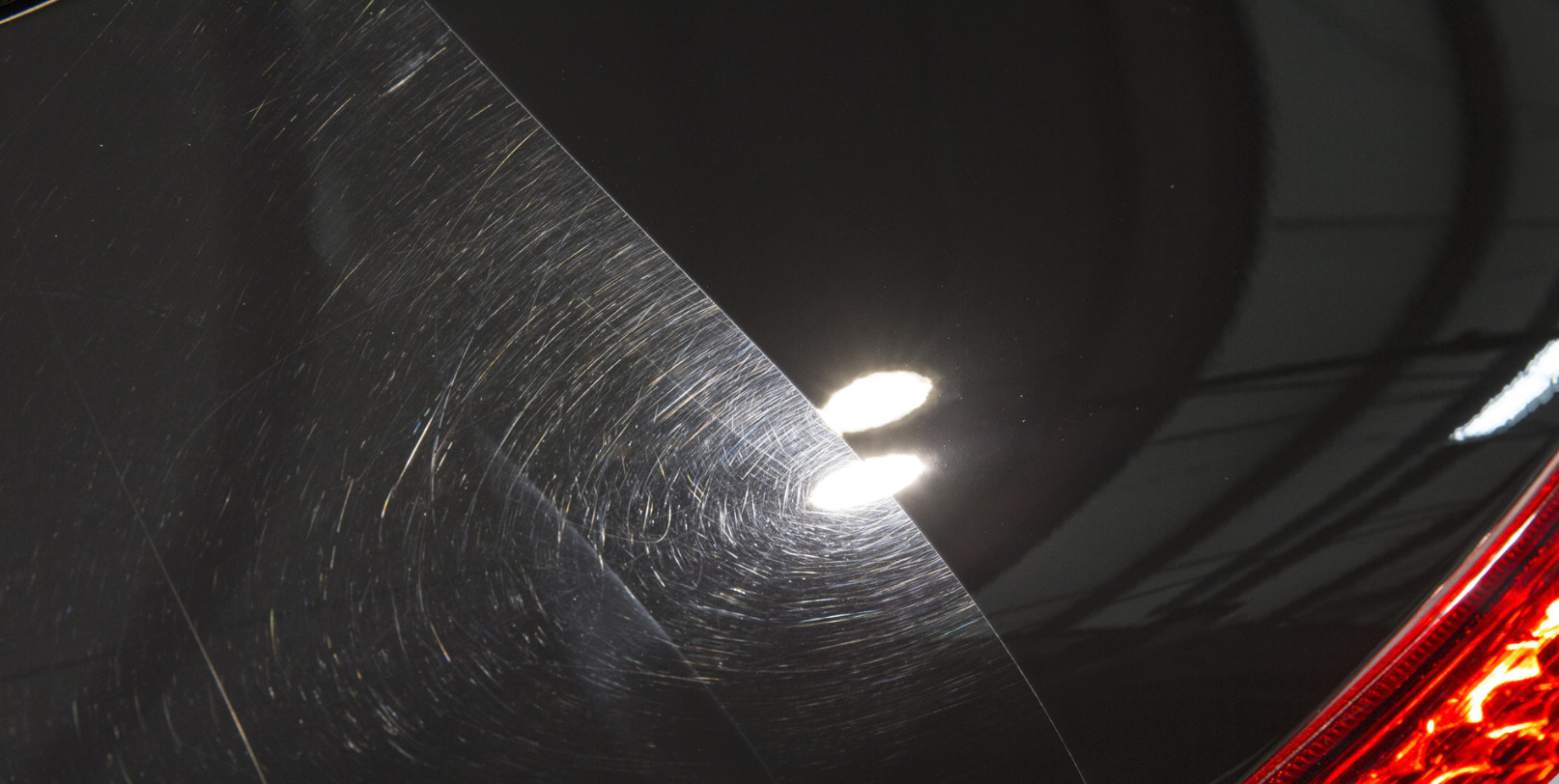
Advantages of Paint Protection Film
1. Superior Protection Against Damage
Paint Protection Film acts as a sacrificial barrier, shielding your car from rock chips, scratches, and other everyday hazards. It prevents the “peppered” look on the front end caused by road debris and offers defense against accidental scuffs from bikes, keys, or loading cargo.
PPF also protects sensitive areas like headlights, door sills, and trim, ensuring your vehicle maintains its pristine appearance for years.
2. Self-Healing and Hydrophobic Properties
Modern Paint Protection Film features self-healing technology, allowing minor scratches and swirl marks to disappear with heat from the sun or a heat gun.
Additionally, many PPFs have hydrophobic properties, repelling water, dirt, and contaminants, making cleaning easier. This reduces the chances of staining and keeps your vehicle looking fresh with minimal effort, enhancing both its durability and aesthetic appeal over time.
3. Versatility Beyond Cars
Paint Protection Film isn’t just for vehicles—it has many other applications. It can be used on bicycles, motorcycles, helmets, and even home appliances to prevent scratches and wear.
PPF is also great for protecting delicate surfaces like carbon fiber, table tops, and high-end finishes. Its ability to safeguard various surfaces makes it a valuable investment for preserving the look and longevity of multiple items. These are just some of the major benefits that make installing paint protection film worth it.
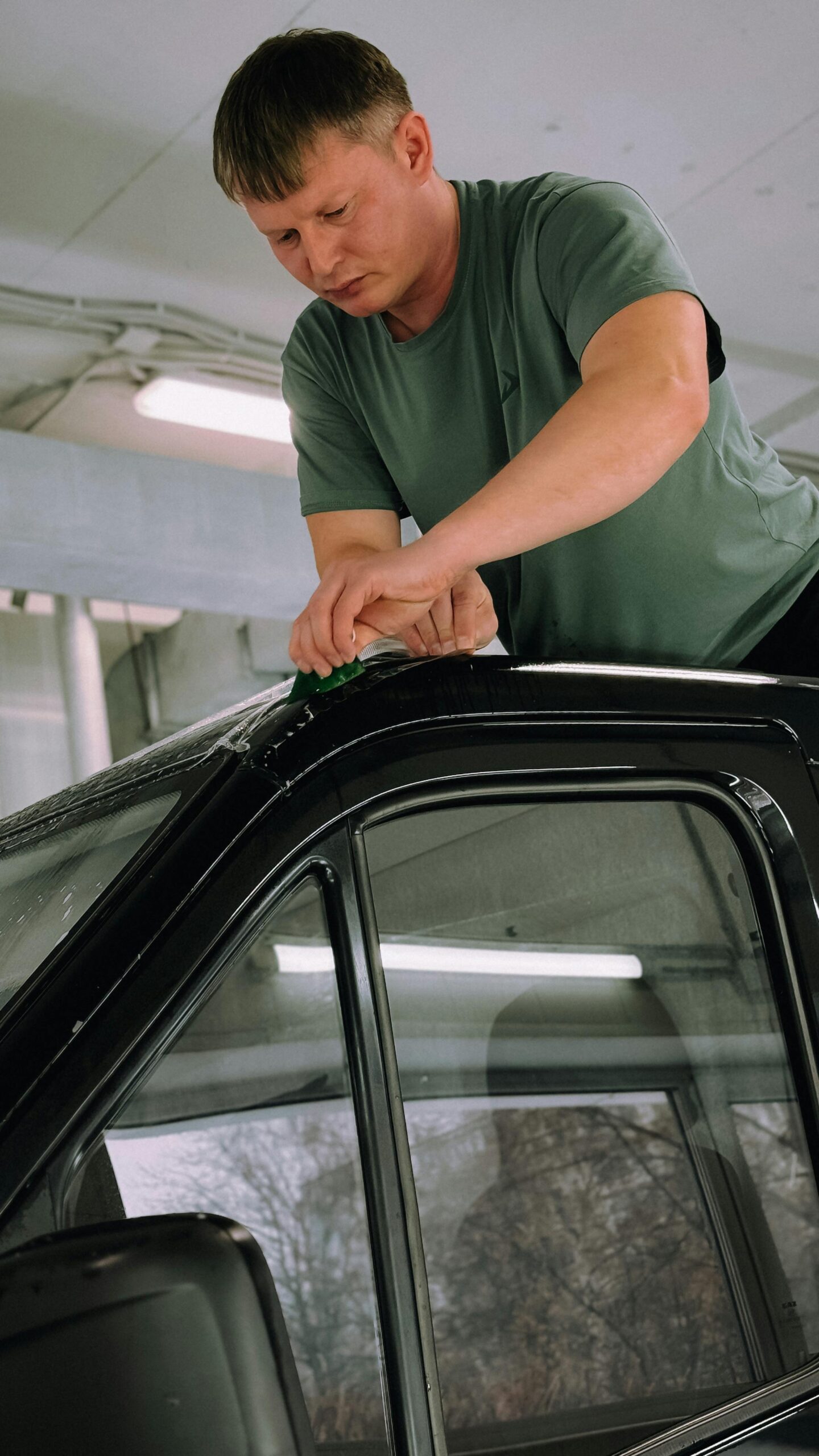
Is Paint Protection Film Worth It Compared to Paint Correction?
If you’re debating whether paint correction is worth it, consider your long-term goals. Paint correction is great for fixing existing imperfections, but it doesn’t protect against future damage. PPF, on the other hand, serves as a preventative measure, ensuring that the original paint remains in excellent condition for years.
For those who want both aesthetic perfection and lasting protection, a combination of paint correction followed by PPF application is an ideal solution. This way, you can enjoy a flawless finish while shielding your vehicle from daily wear and tear.
Conclusion: Should You Invest in PPF?
When considering paint correction worth it, Paint Protection Film (PPF) is a solid investment for anyone looking to preserve their vehicle’s finish. While it has minor drawbacks like visible edges and maintenance requirements, its benefits—such as superior protection against rock chips, scratches, and self-healing properties—far outweigh the cons.
Additionally, its versatility extends beyond cars, making it useful for protecting various surfaces. If you want to keep your vehicle looking flawless and reduce the need for frequent paint correction, PPF is a worthwhile choice.
Whether you’re protecting a new car or refreshing an older one, investing in quality PPF ensures long-term value. Contact a professional installer today to explore your options and protect your investment!
